(AfroGamers.com) Mortal Kombat is one of the most iconic game franchises of all time and one of the greatest fight game franchises of all time. It had its pros and cons story mode-wise and that’s what we’ll be getting into here. Not just MK but Street Fighter and King of Fighters.
What do they all have in common? The almighty tournament to find the best…or to save the world.
The Mortal Kombat Saga
It should be said that most of MK’s story issues seem from the classic era of the first Mortal Kombat into the third. It’s not that the story wasn’t fleshed out. This was the 1990s and most fighting games just ran with “this is a tournament and some evil guy is organizing it”.
Then the tournament is just a string of fights leading up to the final fight with the boss who organized the tournament. Mind you that in MK, three fighters aren’t even in the tournament, really. Also, the sub-boss Goro will end all progress through the tournament if you’re playing for the first time.
I found Goro harder to fight than the main boss Shang Tsung. The guy is four-armed brute who just wrecks your sh**. Fighting him is a more traumatic gaming moment than the death of Aerith in Final Fantasy VII.
The other thing I hated about the tournament story in MK—and it’s something you’ll see in other fighting games—is that the tournament doesn’t have a central location. No one wants to travel from one site to another in a tournament of death.
In the Mortal Kombat games, you don’t have to do any travel between locations but it’s just the logic of doing so. Like, you kill someone in the courtyard and get to advance but now you have to travel to the throne room or the pit for your next chance to die. What?
I will admit that the stages are cool—my favorites are the pit in MK1 and the subway in MK3. It could’ve done with some cutscenes to show how these fights pop off. Instead, you just advance fighting the actual characters in the game.
Which brings up another thing: the other fighters must be fighting scrubs. It’s a tournament in another realm, folks. Everyone has to fight someone to advance. So, while you’re putting the hurt on Kano, Sonya Blade is fighting some unnamed jabronis up until she runs into you!
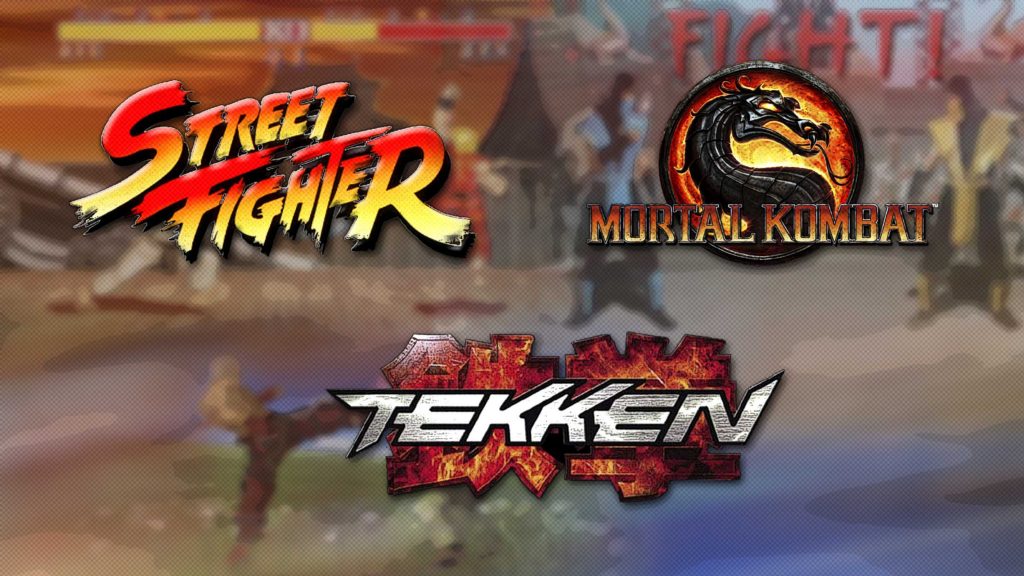
Street Fighter
Same song, different tune. Street Fighter is the OG fighting game franchise. Actually, all three featured games are OGs of the genre but SF established the tournament fighter. That doesn’t exempt it from this list as it also established a lot of the tropes I just went into with MK.
Released over a year before MK, Street Fighter II: The World Warriors kicks off with M. Bison—the powerful leader of terrorist and criminal organization Shadaloo—announcing the tournament.
The goal is to recruit the strongest fighter to his organization and to control them with his Psycho Power. Mind you, none of this is actually mentioned in the instruction manual. We get that there is a tournament hosted, short introductions to the fighters, and how to perform their moves.
Honestly, Street Fighter II established the vague storyline that is meant to be told through gameplay. However, since early 90s gaming consoles and even arcade cabinets had their limitations we don’t get much of that at all.
Hell, one of my all-time favorite games in Super Mario Bros 3 had no actual story. It was just business as usual as you traveled the world rescuing princesses. We’ll dissect that in another feature, folks.
So, we have this worldwide tournament which means your selected fighter has to waste money on airfare to possibly get spanked in Brazil or Thailand—twice. Again, you’re fighting featured characters meaning everyone else are running through tomato cans.
Even if you lose the tournament—impossible if you have the quarters at the cabinet—you had a better run that most of the fighters since you’re the following fighter’s biggest challenge in the tournament.
It’s not like you see the brackets and can see that Chun Li eliminated Blanka or Sagat lost to Ken. Technically, these aren’t tournament fighters, they’re gauntlets.
What saves all of these fighting games story-wise is the actually the individual fighters’ motivations for being in the tournament. Even then, the classic eras of these three franchises don’t flesh those out.
King of Fighters
While Tekken is my all-time favorite fighting game franchise, King of Fighters is my favorite from the OG era. The main reason it gets so much love from me is that SNK did the smart thing and brought characters from its two other fighting franchises—Art of Fighting and Fatal Fury—into the KoF franchise.
It’s a large fighting game universe where no one’s story clashes with the core KoF franchise. Capcom could’ve easily mixed in Project Justice/Rival Schools because Batsu should’ve aged and graduated to being a World Warrior by now!
Enough ranting about Capcom. Story-wise, King of Fighters featured the strongest progression from game to game with the rivalry between Kyo Kusanagi and Iori Yagami being the anchor of the franchise before mixing in Kyo-clone K and later on Ash Crimson to complicate things.
In addition to that, you still have the Bogards and friends feud with Geese Howard from Fatal Fury. Even that storyline advanced over the years. We still have the other tournament tropes but everything is based around the fictional South Town.
Any fight in the tournament is a bus or train ride away. Andy Bogard doesn’t have to wait at the airport, fly to Spain just for the next leg in a gauntlet.
Which of 3 Did the Best with the Storyline
To be fair, all storylines advanced a bit in each of these franchises but the KoF universe really committed to them and did so with high quality games.
That’s not a knock on MK and Street Fighter as both maintained a certain level of quality with games. The games following Ultimate Mortal Kombat 3 were mostly good-at-the-minimum.
That is if you don’t factor in the spin-offs. It just that if you’re not a fan of MK, you might just skirt over the 3D games until Mortal Kombat vs. DC Universe. NetherRealm Studios was always able to tie the stories together even with a random-sounding entry like MK vs. DCU.
Capcom is another story. While storylines will advance, there was this unexpected but high-quality period with the Street Fighter Alpha series—featuring my favorite line-up of fighters in the franchise.
This was where Capcom actually started to flesh out backstories as the series is a prequel taking place between the first and second main SF games. It was clean improvement across the board—reasonable since this was dropped in 1995 and SF2 was dropped in 1991.
I give the nod to King of Fighters followed by Street Fighter. Eventually, I stopped caring about MK’s storyline even though with the recent games starting with 2011’s Mortal Kombat, the cutscenes pushed the story along greatly.
Staff Writer; M. Swift
This talented writer is also a podcast host, and comic book fan who loves all things old school. One may also find him on Twitter at; metalswift.







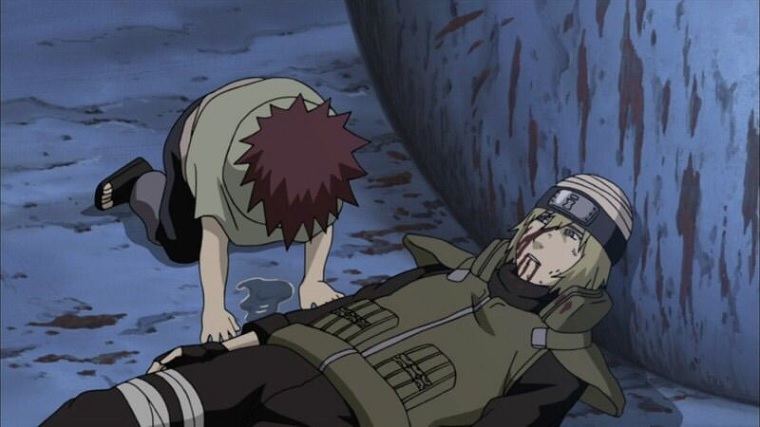

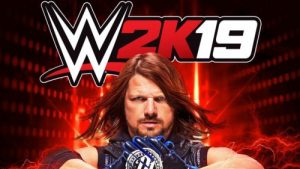
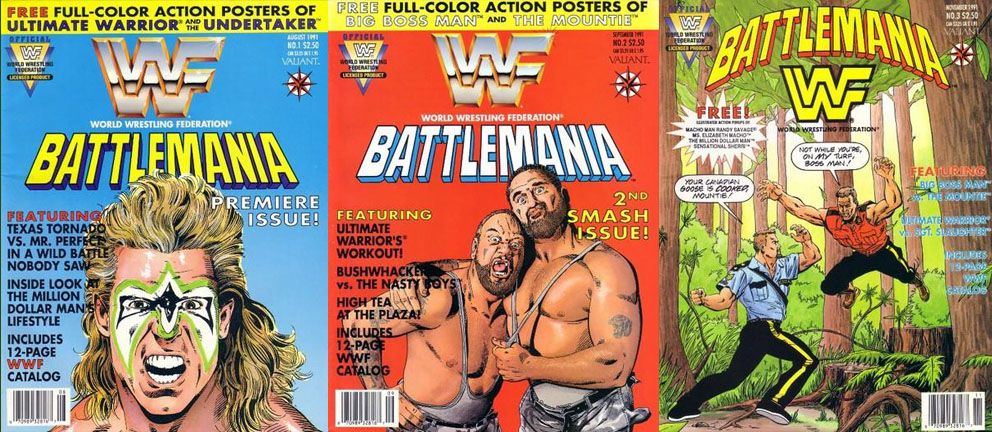





Leave a Reply